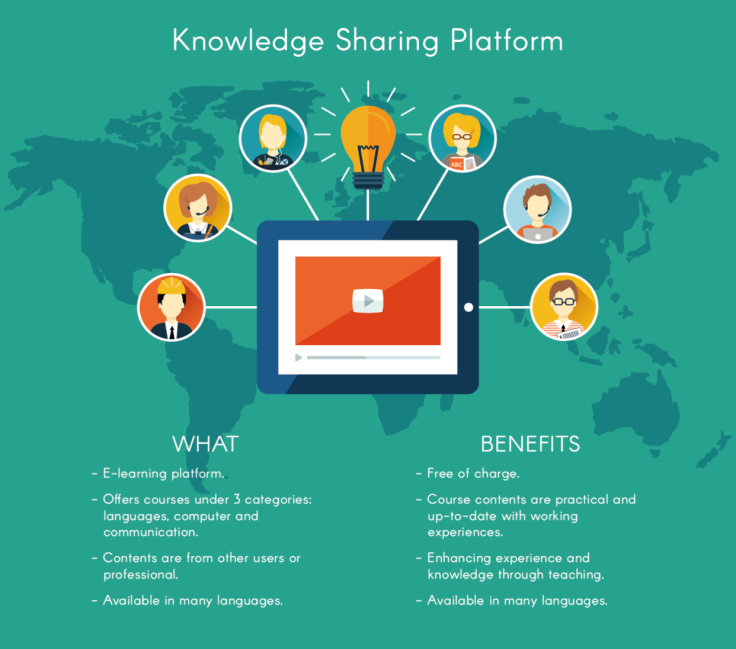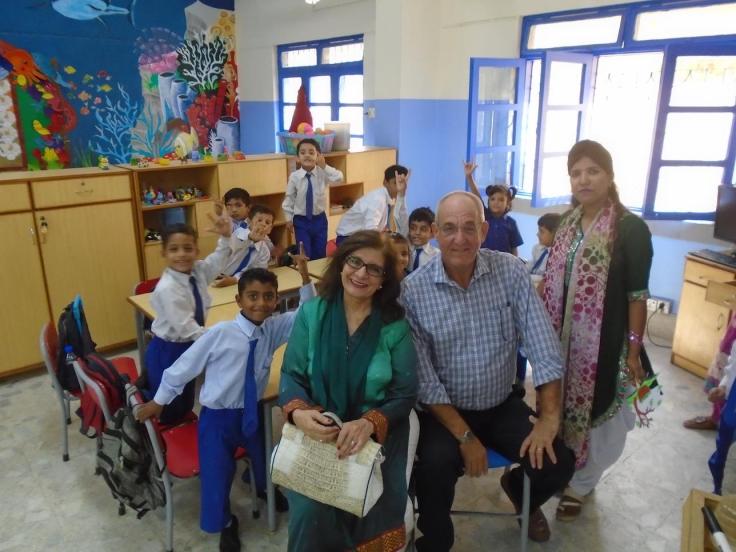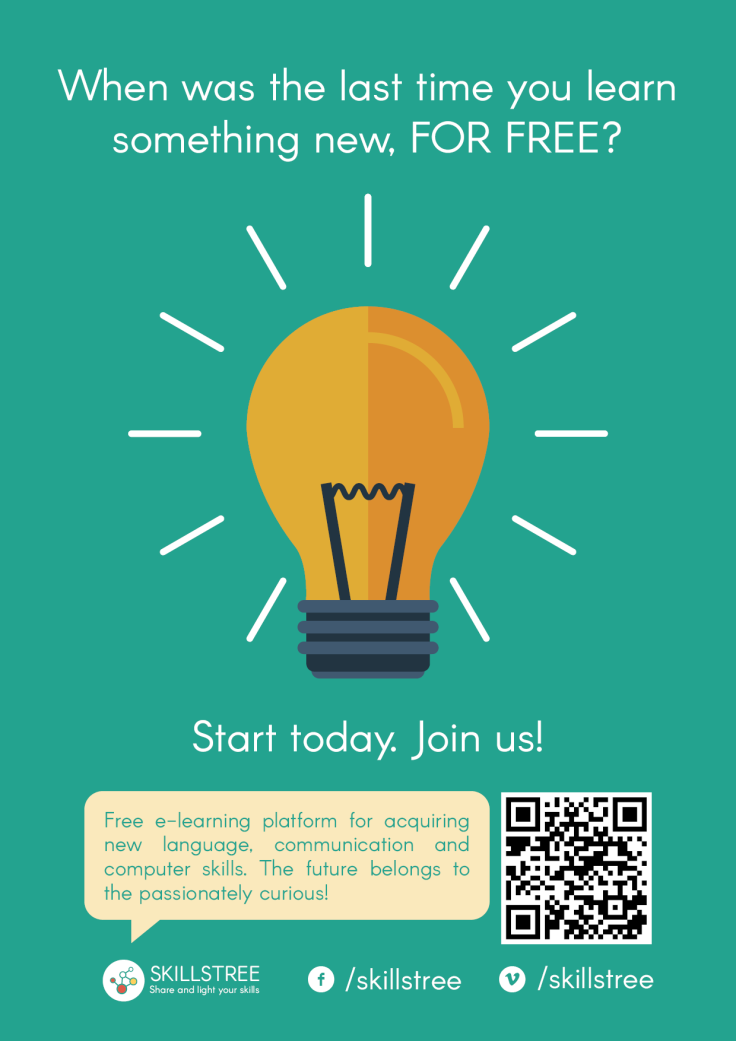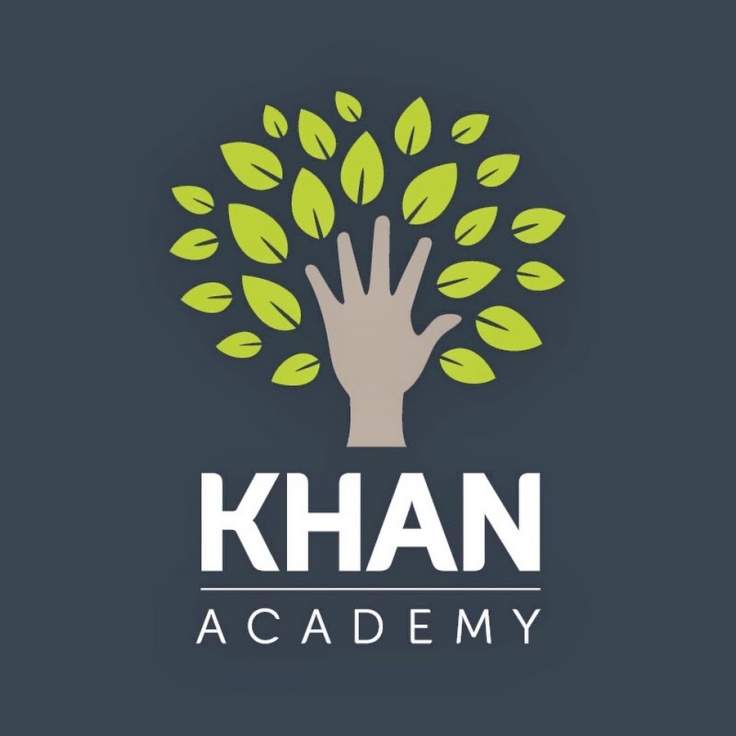Elokuvani 1 from Jaakko on Vimeo.
Here are our improvement proposals for other concepts. Some of the posters were hard to comment, some easy.
Confirmed biased – The Looking Glass
- Address the problem more clearly in the poster.
- Replace and rethink the picture, it is confusing. It should support the message and problem in an inspiring way.
- Reacting to this poster is hard, is it app, web-page or something else? Explain.
- The text under the picture seems to be some kind of solution. It feels to be out of context in this poster. It should be connected to the “story”.
- Improving the overall look. Make it pop-out with simpler but highlighting visuals.
Ethical Publishing #thinkaboutothers
- Is it really a societal problem, which should be fixed? It is funny, but does it make sense if you want to make a change.
- The hashtag doesn’t reflect this problem, would there be a better one?
- In every social media page the user can ask to delete pictures of them. Explain why this is not enough.
- The poster makes us want to post embarrassing pictures of our friends, should the reaction be the opposite? Find a picture that would change the reaction.
- Show social media pages in poster.
Silenc.io
- Address why this solution makes controlling all the notification easier than it was before.
- Make the poster look visually more approachable with horizontal text and highlighting the message.
- The text on the phone screen should be diminished or structured to other spots in the poster.
- Redesign the logo and place it somewhere where it is seen. For instance to the bottom.
- Replace the overall plain look with some colouring of the elements. Otherwise it looks good.
The Happy Echo
- Add a concrete description of the actual solution, is it an app, or browser plugin or a campaign? Users are more likely to react if the solution is clear.
- Stronger call to action such as: Try it out now! / Download here!
- Visualising how a specific example of the negative content could be filter away from social media would give a stronger message and more revealing to the audience.
- The 4 bullets points can be replaced with a good example picture (like mentioned above)
- The ads promoting positive content and emotions so it should use more bright colours. A colourful ads would also catch more attention than one with white background.
Politics is Boring
- Perhaps the message of the main subject could be clearer: better picture, for example picture for ‘bored’ could represent a parliament meeting or something more politic alike.
- Tume’s audience is way younger than the ads target audience, so he might not be the right figure to help promote the channel. We would use a bit more known or mature celebrity figure.
- A QR code which direct user straight to Youtube channel to make it easier for user to interact with the ads.
- It feels like the ads want to promote Tume blog rather than address a societal problem. We would make it emphasize more on the ‘nolitics’ channel.
- Although the target audience is 17-25, the ads looks more like for kindergarden or high-school student. Perhaps a bit more mature visual style would be more appropreate and reveal toward the target audience.
#SleepOrDie
- It is not clear what the ads wants user to do, the message “Join us” doesn’t follow with a clear indication of how. We would add a short instruction here.
- The ads title has a strong message which many people could relate to. The ads has succeed in catching attention, but would need stronger visualisation of the action, e.g. bigger font size, different colour.
- The current image gives a positive feeling rather than negative. Picture of a tired person would give a stronger impression and goes better with the title.
- Maybe not a point for improving the ads but more like for the solution itself: trying to limit usage of social media by promoting people sharing/posting on social media, isn’t it a bit contradicting? We think promoting the use of mobile app solution would fix better.
- The ads not mention what kind of solution it is. Better show user what kind of solution it is. A app or a plug in. In addition, the solution used for what kind of social media. Just lock Facebook or all of mainstream social media or the phone.
Privacy and SNSS
- The image is not about the society problem or the solution. Prefer change a image shows the society problem.
- As a post, “Install Now” not useful because read cannot click the button for installing. Prefer give the official website and/or QR code link to download web.
- Not clear explain the society problem just give the solution.
- Better mention the differences and benefits with social media privacy setting
- The introduction text with too small size and unreadable color. Prefer change more big with another color like black or brown.
Boobs or paper?
- Linking and sharing of the post with QR-code or social media links with icons.
- Change a bigger font size.
- The title not inspirational. Better change to a question like use ‘Boobs or Paper’ as title and use ‘The truth is out there’ as subtitle
- The ‘Question the others and yourself’ is too strong tone of command and probably make people misunderstand what need to question the others and yourself. Firstly, I think is about the image is boobs or paper.
- This one is not about the post ads but about solution. If only users mark truth or lies, a horrible situation will be most people do not know the really truth or just part of truth and make wrong mark in this plug-in
Social Media Misinformation
- A fun picture. But is it an societal problem which needs addressing? Maybe some information on this problem might be needed.
- Does the plug-in work in browser or just in social media platforms?
- Better show the advantages of this solution, why should I start using it?
- Maybe the approach could better explain how it works and is it reliable.
- The font looks great, but could it look even better with a bit simpler font.
Save a Click
- More clear definition of the idea in the poster. What is it and how does it work?
- The posters look is a bit messy, structure it more clearly to be fit to quick glance.
- Who defines what is clickbait?
- Maybe the phone screen could be seen fully
- Overall – simplify the poster.
Upgrading, adapting and acquiring new skills is an essential part of survival in human evolution. So is the case in our society today, widening the portfolio of skills and experience throughout the life of an individual is likely to make that individual more useful to the society around and will often lead to a sense of purpose. In Europe, we are in a phase of depression and unemployment or dissatisfaction of current jobs is a major problem. Creating a portfolio of skills for individuals to match the jobs in the future is the key.
People in public or private sector, unemployed or students need to step up and be more ambitious, but being ambitious doesn’t come easily to everyone. It comes through curiosity in learning. Learning new skills builds confidence to aim higher. Improving skills is beneficial from many aspects. In highest level it improves economy and society so then it also helps employers and individuals themselves. Unemployment rates vary in different EU countries depending on qualification levels. Unemployment in high skill jobs across Europe is approximately 85% and in medium skill jobs the number is about 70%. In jobs which require low skill the unemployment is about 50%. About 30% of Europe’s population in ages between 25-64 years have no or low qualifications. This group is historically less likely to upgrade their skills or have the mindset of lifelong learning due to the highly cost and time consuming of current education system.
We believe one solution for the problem above is making the knowledge more available and accessible. Therefore we introduce a Knowledge Sharing Platform where everyone can join as a student or teacher or both.

Solution in a nutshell
With this approach we also aim to change the way people think about university degree vs. online education. Currently, university degree are often overrated, especially from high profile university. However, having a university degree does not always bring back a good job or high salaries, it is often quite the opposite. We believe that knowledge should be appreciated regardless teaching methods as long as the sources are qualified. Therefore, online education or self-learning through the Internet should also be considered as an alternatives when pursuing knowledge. In addition, we also want to promote the idea of free education and sharing knowledge. In many places in the world, people are still accustomed to paying money in exchange for knowledge and believing that only expensive institutions can provide good education. However, it is often the gained knowledge, which makes a difference.
We aren’t looking universities or institutions to provide the knowledge needed for making a change. We want to offer a e-learning platform for curious people to join the community and exchange knowledge. The biggest cost for users is their time. There is already free e-learning resources provided by some institutions. Most of these e-learning resources are specialised for certain field. For example, Microsoft provides a user manual for their user for free or W3School provides programming knowledge to build a website. Many of these e-resources only apply for special professional field. However, our platform can provide a broader base of knowledge, which is shared by people who have tested their knowledge in the field in various areas. These e-learning resources are aimed to build two-way communication between curious minds and teachers.
Attention we give to pieces of information on our smartphone screens has become a commodity. The information, be it a funny cat video or a news article, becomes more valuable when it gets our attention in a form of like, comment, share or just the time spent viewing it.
Does this mean the information with high attention is important or meaningful to our society? Let’s say this cat video and news article gain equal amount of attention. Then, which part of information is more important to our society? Of course the news article might be obvious choice to write in history books if asked from people in the street, but damn that cat video was funny. The nature of attention in humans is that it is easy to maintain if subject of attention is not controversial to us [1].
“I like to be happy so I do things that make me feel joy, like watch cat videos.” –Anonymous
Almost all content is experienced in digital world these days. The digital playground is different from the way content was experienced in the past [3]. The information flow is enormous, so to get attention, the form of it needs to be simpler. Suddenly news article topics became clickbait and the first seconds of media content is the most important [1]. Algorithms see which content individual users give attention to, and filter feed accordingly to optimise the amount of attention.
It’s easy to stay away from the information that might be actually important to see and act. The attention is also benefitting good causes, like NGO’s to get help in Haiti’s earthquake area or support for same sex marriage. The attention can change things if the tipping point is reached.
Where is the tipping point for free university education? In South Africa student activists started campaining against annual increase of tuition fees. Their goal is to make University education available for everybody no matter the societal class or race. They believe this can happen through making it free. This movement was gaining attention by raising awareness to the big societal problems, which can’t be solved without equal opportunity for education. The movement got it’s first win this year when planned tuition fee increases were cancelled [2].
Similar type of crimination is happening in many other countries like Pakistan, where big part of population doesn’t have great odds to improve their life through education. Access to Internet is the key in gaining attention and reaching the tipping point where change is possible [4].
References:
1, Alex Iskold (2007) The attention economy: An overview. Available at: http://readwrite.com/2007/03/01/attention_economy_overview/ (Accessed: 30 October 2016).
2, Disemelo, K. (2015) South African student protests are about much more than just #feesmustfall. Available at: https://theconversation.com/south-african-student-protests-are-about-much-more-than-just-feesmustfall-49776 (Accessed: 30 October 2016).
3, Saarinen, V. (2010) The value of attention. Available at: http://blog.saarinen.info/post/56891030212/the-value-of-attention (Accessed: 30 October 2016).
4, Hunter, B. (no date) Tipping points in social networks. Available at: http://web.stanford.edu/class/symbsys205/tipping_point.html (Accessed: 30 October 2016).
Password: Socialmedia
Deaf Reach Schools and Training Centers, a project of Family Educational Services Foundation (FESF), provide education and vocational training to deaf children and youth. In addition to a full academic regimen, courses such as IT Skills, Carpentry, Cooking and Nutrition, Tailoring, Stitching, Embroidery, and Arts and Crafts equip students with training in marketable skills.

Little children enjoying school. (From Deaf Reach Facebook-page)
In Pakistan, Deaf Reach is the only branch network of schools for the Deaf reaching out into rural areas. Five Deaf Reach Schools and Training Centers located in Karachi, Hyderabad, Sukkur, Nawabshah and Lahore currently care for over 800 deaf students. A donated campus currently under construction in Rashidabad – Tando Allahyar, Sindh will ultimately have capacity for 500 students.
Education and skills training is provided on a pay-as-you-can-afford basis, with 98% of students on full scholarships. Facilities cover all academic and vocational training costs, including pick-and-drop transport, books and school supplies, uniforms, healthy snacks and excursions. Sign language and literacy training for parents, families and the community is also emphasized, enabling them to communicate with their deaf children. This holistic, community centered approach is an educational model to meet the increasing need for Deaf in Pakistan, and is replicable in all areas of the country.
Focus on the training of parents,families and communities is also emphasized. This holistic, community-centered approach is an educational model to meet the increasing need for Deaf education in Pakistan, and is replicable in all areas of the country.





 https://www.khanacademy.org/math/early-math
https://www.khanacademy.org/math/early-math




